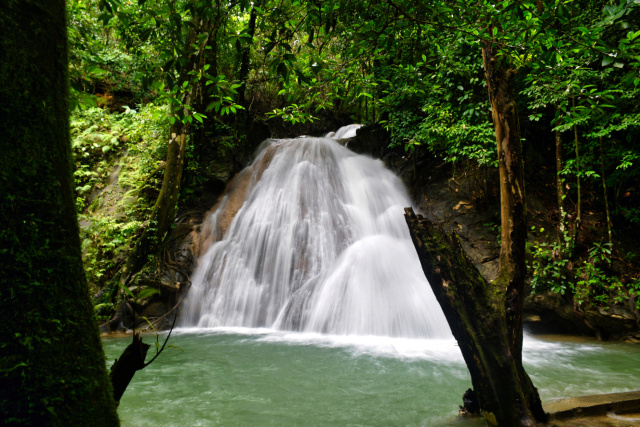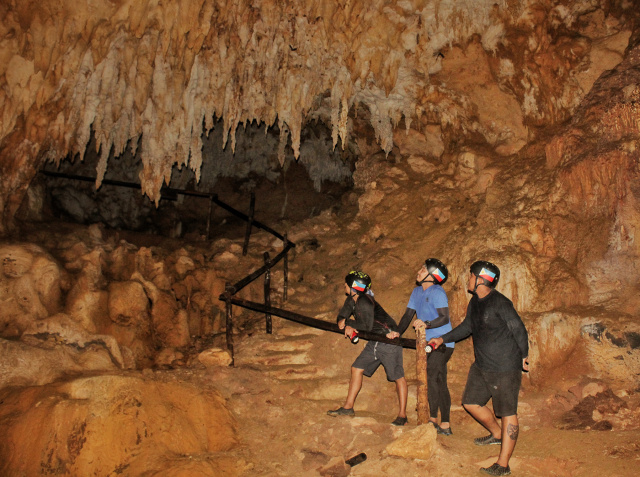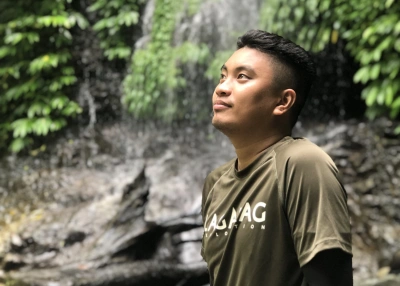The geographic terrain of the northwest Panay peninsula reveals fascinating nooks filled with natural wonders. This region contains some of the most extensive and highest-quality lowland forests remaining in the Negros and Panay Endemic Bird Area, making it a top conservation priority.
One of the municipalities surrounding the Northwest Panay Peninsula Natural Park is Buruanga, named after the word busuanga, meaning "eruption" or "swell," which refers to the frequent inundation from the river.

The area boasts various scenic spots, including natural caves, waterfalls, beaches, and mountain parks. In the uplands of Tag-Osip, bordering the natural park, diverse and important plant and animal species thrive. These include the Visayan leopard cat, the blue-necked parrot, the Visayan hornbill, and the roughneck monitor lizard.
Along the coast are patches of mangrove forests, such as those at Pagatpat Mangrove Park, and stretches of seagrass meadows along the coastal fringes.


Klyvin June Torres Reyes
The geographic terrain of the northwest Panay peninsula reveals fascinating nooks filled with natural wonders. This region contains some of the most extensive and highest-quality lowland forests remaining in the Negros and Panay Endemic Bird Area, making it a top conservation priority.
One of the municipalities surrounding the Northwest Panay Peninsula Natural Park is Buruanga, named after the word busuanga, meaning "eruption" or "swell," which refers to the frequent inundation from the river.

The area boasts various scenic spots, including natural caves, waterfalls, beaches, and mountain parks. In the uplands of Tag-Osip, bordering the natural park, diverse and important plant and animal species thrive. These include the Visayan leopard cat, the blue-necked parrot, the Visayan hornbill, and the roughneck monitor lizard.
Along the coast are patches of mangrove forests, such as those at Pagatpat Mangrove Park, and stretches of seagrass meadows along the coastal fringes.

You might like...

On Higher Altitude: Ascending the highest mountain in Panay

Stewards of Nature: a couple's commitment to Pagatpat Mangrove Park

Poetry: Wild (Tumawog Falls)

Guardians of the Forest
Newsletter
Sign up to keep in touch with articles, updates, events or news from Kuno, your platform for nature
